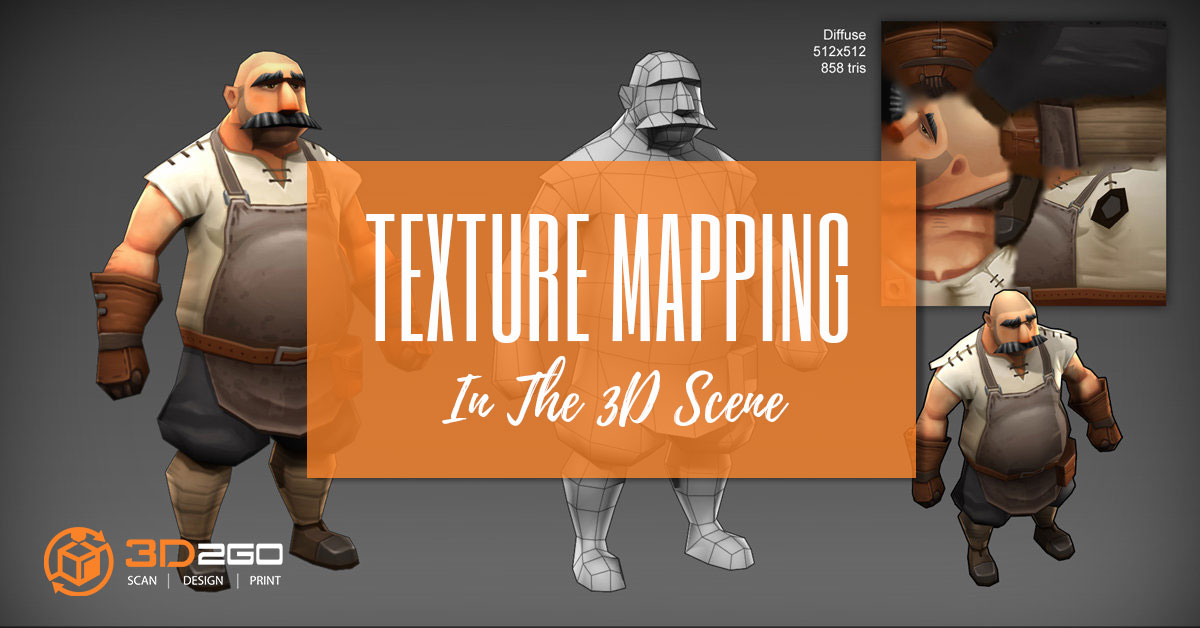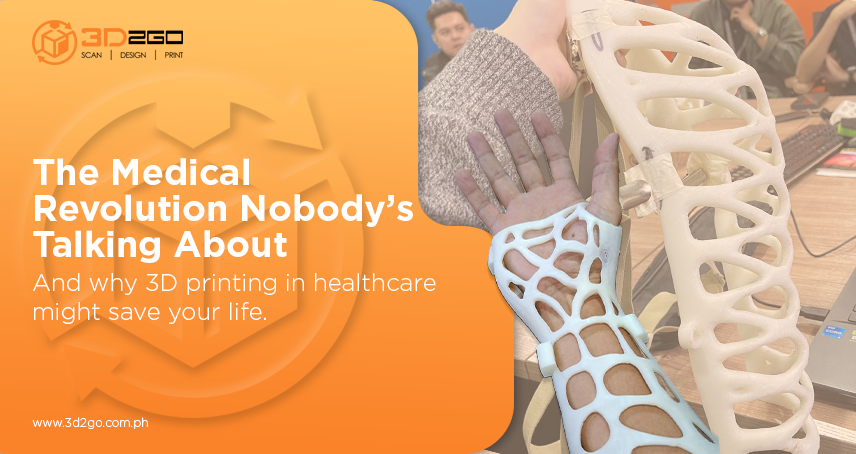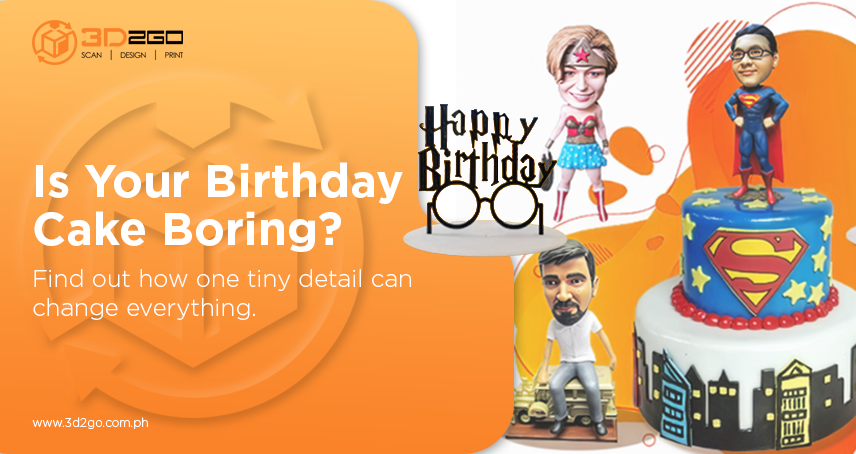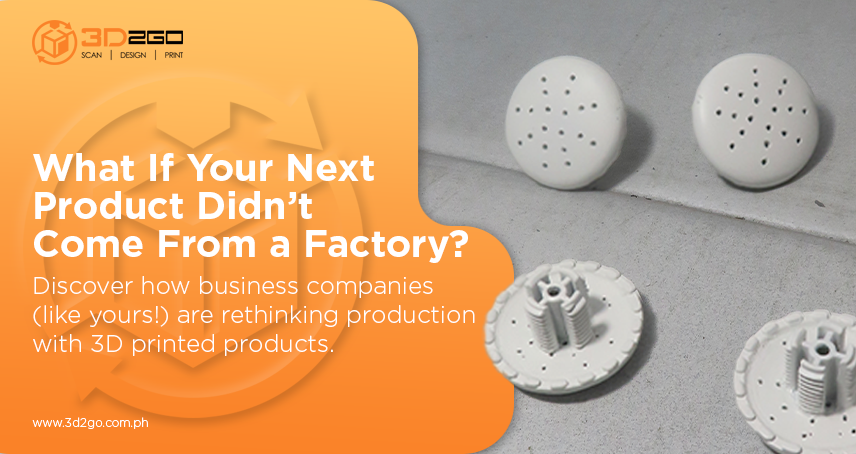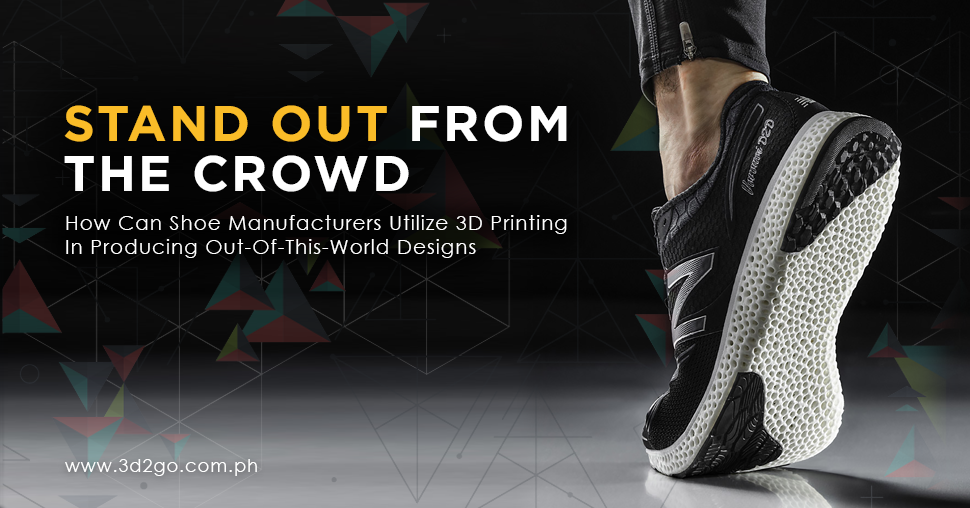
Shoe Industry Trying Out 3D Printed Shoes
May 30, 2022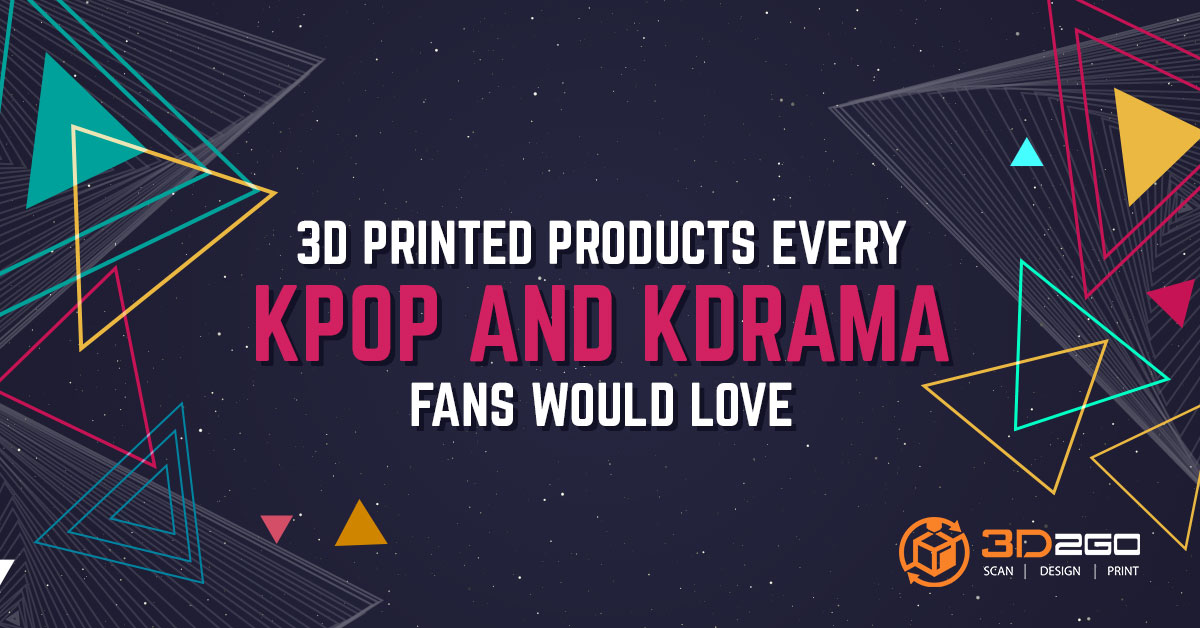
Top Three of the Most Sought For 3D Printed Products every KPop or Kdrama Fans Would Love
May 31, 2022What is Texture Mapping?
Texture mapping is a graphic design process that uses a 2D image file (texture map) applied onto the surface of a 3D model. The goal is to add the necessary surface details like texture, color, gloss, and reflectivity, among many others. Here, the 2D model is “wrapped around” its 3D counterpart.
In essence, texture mapping is the digital counterpart of applying paint to a physical object or pasting decals to a flat surface like a car hood.
Texture maps are devised to correspond to the coordinating UV of an “unwrapped” 3D model. They are developed either by hand painting through Photoshop and similar software or from actual photographs. Typically, texture maps can be painted directly on top of the 3D model’s UV layout. Using some 3D software, it is possible to export the image as a square bitmap.
So why is texture mapping important in 3D printing? Here, we list examples of texture maps and why they are essential in the 3D printing technology.
Different Types of Maps
Naturally, a color map adds color or texture to a model’s surface. However, it is also essential in creating computer graphics outside of just color and texture. Think of it in a production scenario where the character or environment’s colormap is only one of the three maps to be used for almost all 3D models. The other two are gloss maps and bump maps.
Gloss maps prompt the software which portions of a model should be glossy. In addition, it also tells how shiny it should be. Because shiny surfaces like ceramics exhibit a noticeable “specular” reflection, gloss maps are likewise called gloss maps. A good example of it is the white glimmer in the eye. Usually, in grayscale, gloss maps are especially important for surfaces that are not consistently glossy.
Perhaps the most complicated among all maps are bump maps. If you intend to give more realistic depressions on the surface, then bump maps are the way to go. Imagine mapping a brick wall into a flat plane. Right away, you feel that its final render would not look too convincing for the simple reason that a flat plane isn’t expected to react to light like a brick wall would.
Texture Mapping in 3D Printing
In the context of 3D printing, texture refers to the color or image “wrapped around” the surface of a 3D model. Keep in mind that color is very important in many types of digital models. If at any point you intend to color any 3D model, it is best to have a working knowledge of the printing methods that support color.
In the end, texture mapping makes a computer-generated image look more realistic. It effectively minimizes the computing time required to produce different textures and shapes. For more information about them or anything about 3D modeling or printing, don’t hesitate to contact us here at 3D2Go. We would love to hear from you at your most convenient time!


